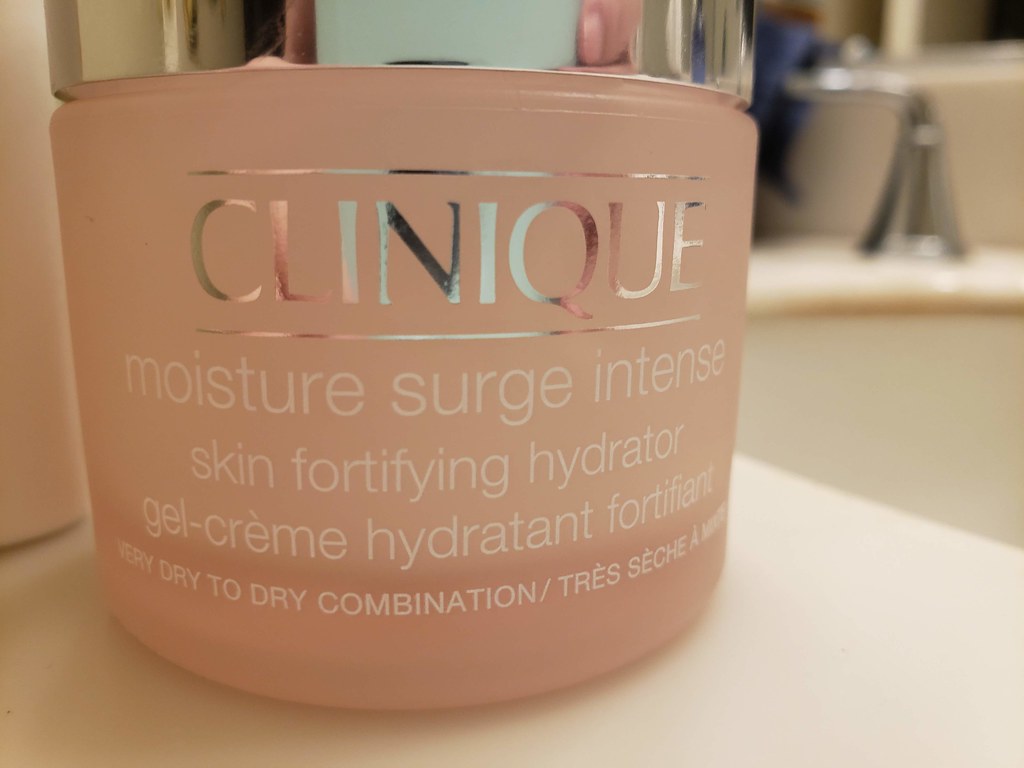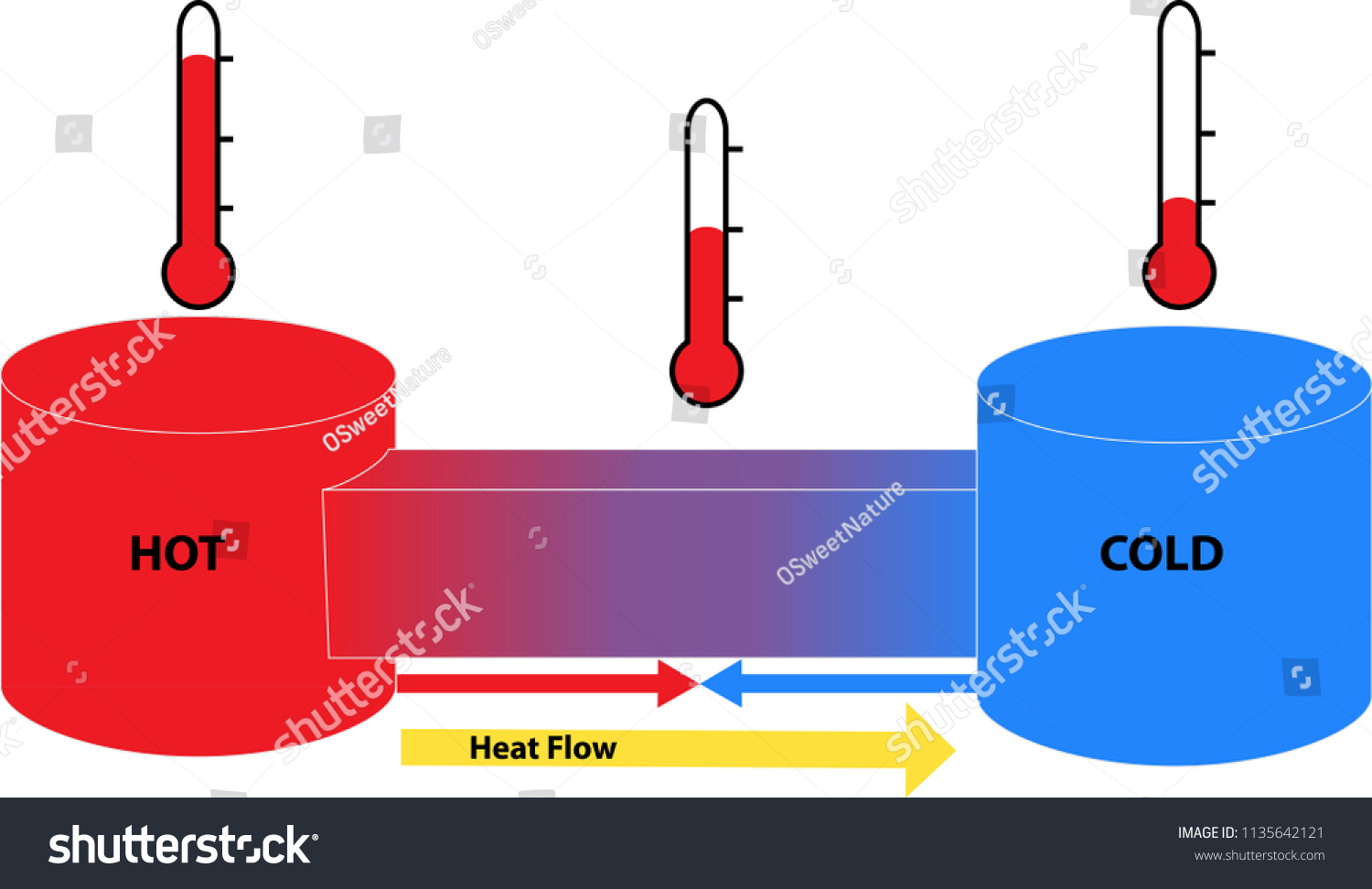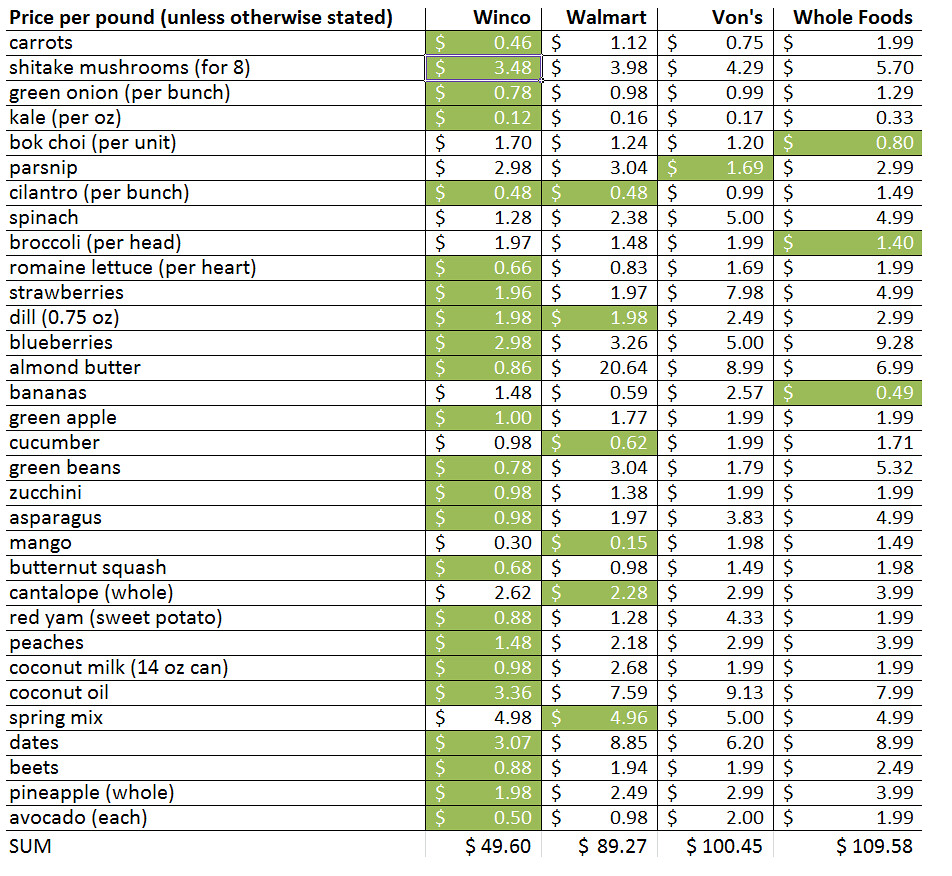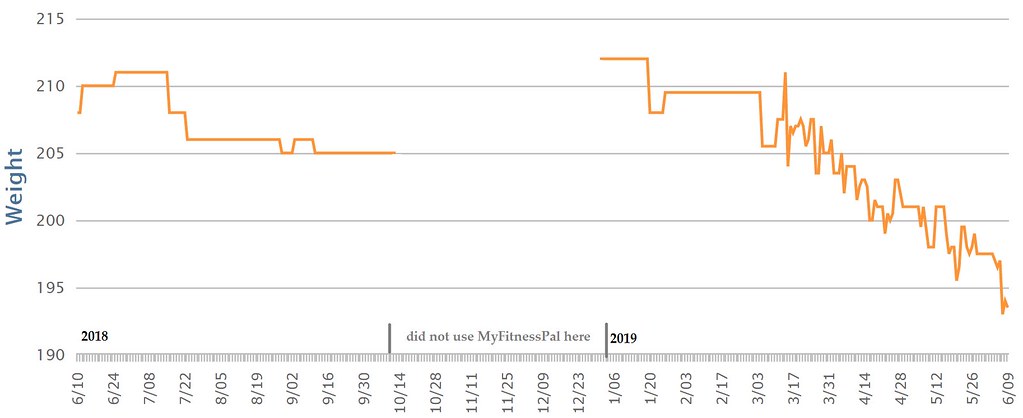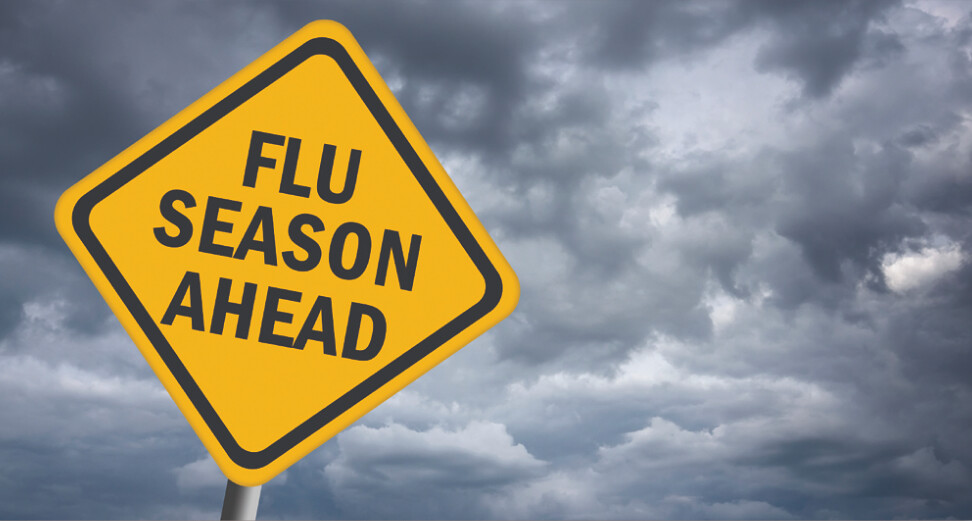It's funny how time slows down when you're in the middle of a big transition. What I mean by that is that when you're going through IVF and FET, you count time in weeks+days. Then in pregnancy, you count by weeks or months. Then when you have an infant or toddler, you report their age in months. I was noticing this last night at my new FIT4BABY group in the West San Fernando Valley (Woodland Hills).
I started getting itchy legs at 9 weeks pregnant and it continued throughout the 2nd trimester. I switched up my skincare routine at 16 weeks pregnant and haven't looked back. I've written vaguely about this product before, but the Mentha Vitamin Body Lotion is awesome. My former skincare routine has changed during pregnancy.
 |
| Sepideh Yaghmaei, owner of CT Organics |
https://ctorganics.com/collections/deodorize/products/all-natural-deodorants
I placed a big order on July 29th, 2019. By then I would have been 5 weeks past frozen embryo transfer , or 3 weeks after the two week wait. But I've been blogging about CT Organics products since at least 2017. And after searching my Gmail, I found that I was using it as early as 2013. Our Kaiser Wellness Center website shows that we were working on the formulations in 2012.
Diatomaceous Earth Deodorant Ingredients: organic coconut oil, raw beeswax, organic shea butter, diatomaceous earth, arrow root powder, baking soda, activated charcoal, tea tree essential oil, cold pressed lemon peel oil, frankincense essential oil
Secondly, I started using this lotion on my legs and hands:
https://ctorganics.com/collections/hand-body/products/coconut-shea-butter-lotion-nerloi-frankincense
I don't even know when I got this lotion, I know that I didn't really need it until pregnancy. I used it on my stretching skin (belly and back) during the first and second trimester and on my itchy legs and raw, red and itchy, cracked hands. The version I have came in a pot not a tube, so it must have been a sample that Sepi gave us. But you can get your hands on it by ordering through her website or on Amazon.
Coconut Shea Butter Lotion (Tahitian Vanilla Blend) Ingredients: purified water, sweet almond oil, organic coconut oil, organic Shea Butter, raw beeswax, non-GMO sunflower lecithin, , frankincense essential oil, ceteareth 20, Glyceryl oleate citrate, caprylic triglyceride, gluconolactone, xanthan gum, sodium benzoate, vanillin, Tahitian Vanilla Essential Oil (CO2 extract), calcium gluconate
After I confirmed that I was pregnant, I was terrified of doing anything in the first trimester that would jeopardize the fetus. I found a list of banned chemicals on one of my pregnancy apps and wrote them all down on this markerboard.
There are an alarming number of chemicals in skin-care products and it doesn't make sense to me that these things are not good for pregnancy but allowed for non-pregnant people. If these substances are bad for human life, why are they allowed at all?
Xom3 Balm Ingredients:
So I threw out lots of things such as nail polish and put aside all the aluminum-containing deodorants. I got rid of any products with salicylic acid and packed up my chemical sunscreens. I checked all my shampoo, conditioners and moisturizers for the other ingredients listed there under bullet points 4, 6 and 7. I also read that no drinking herbal tea and no using essential oils. Despite this, I did use a bit of my pal Mandy's balms.
 |
| Mandy Gough, owner of XoM3 |
Finally, I wanted to discuss some commercial products that I can't live without now. The first is from Bath and Body Works called Tahiti Sweetie that is a body lotion with monoi oil. Unfortunately, it has been discontinued. I remember buying like 5 tubes of it when I realized it was going out of production, but I think I'm on my second to last tube now!
This is my gentle cleanser for every day.
This is what I put on immediately after cleanser.
This is what I put on top of my moisturizer.
Ingredients: Water\Aqua\Eau , Dimethicone , Butyloctyl Salicylate , Polydiethylsiloxane , C12-15 Alkyl Benzoate , Isononyl Isononanoate , Diethylhexyl Succinate , Neopentyl Glycol Diheptanoate , Methyl Trimethicone , Butylene Glycol , Ethylhexyl Methoxycrylene , Lauryl Peg-9 Polydimethylsiloxyethyl Dimethicone , Silica , Dipentaerythrityl Tri-Polyhydroxystearate , Laureth-4 , Cetyl Peg/Ppg-10/1 Dimethicone , Dimethicone/Peg-10/15 Crosspolymer , Dimethicone Silylate , Hydrolyzed Wheat Protein/Pvp Crosspolymer , Triethoxycaprylylsilane , Dimethicone Crosspolymer-3 , Isostearic Acid , Caprylyl Glycol , Polyhydroxystearic Acid , Dipropylene Glycol , Phenoxyethanol , Iron Oxides (Ci 77492) , Iron Oxides (Ci 77491)
I am realizing now that I sound like a total hypocrite, since the ingredients for the products I am discussing here may not be safe for pregnancy. But at some point, I must have decided to abandon the safety of the first trimester and go for whatever could soothe my dry skin and acne.
Just like Bill Cosby says in the 1983 standup routine called "Himself," you've fooled around long enough. I have to start doing something work-related since I've been here for 3 hours and all I've done is write this blog post.







